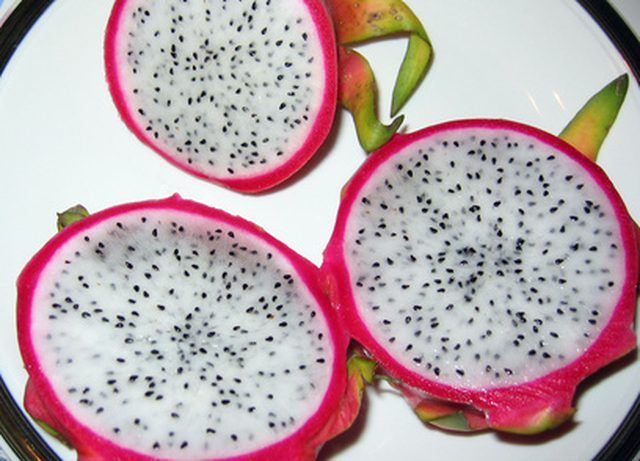Bulbs
Flower Basics
Flower Beds & Specialty Gardens
Flower Garden
Garden Furniture
Garden Gnomes
Garden Seeds
Garden Sheds
Garden Statues
Garden Tools & Supplies
Gardening Basics
Green & Organic
Groundcovers & Vines
Growing Annuals
Growing Basil
Growing Beans
Growing Berries
Growing Blueberries
Growing Cactus
Growing Corn
Growing Cotton
Growing Edibles
Growing Flowers
Growing Garlic
Growing Grapes
Growing Grass
Growing Herbs
Growing Jasmine
Growing Mint
Growing Mushrooms
Orchids
Growing Peanuts
Growing Perennials
Growing Plants
Growing Rosemary
Growing Roses
Growing Strawberries
Growing Sunflowers
Growing Thyme
Growing Tomatoes
Growing Tulips
Growing Vegetables
Herb Basics
Herb Garden
Indoor Growing
Landscaping Basics
Landscaping Patios
Landscaping Plants
Landscaping Shrubs
Landscaping Trees
Landscaping Walks & Pathways
Lawn Basics
Lawn Maintenance
Lawn Mowers
Lawn Ornaments
Lawn Planting
Lawn Tools
Outdoor Growing
Overall Landscape Planning
Pests, Weeds & Problems
Plant Basics
Rock Garden
Rose Garden
Shrubs
Soil
Specialty Gardens
Trees
Vegetable Garden
Yard Maintenance
How to Grow Dragon Fruit Indoors
How to Grow Dragon Fruit Indoors. Dragon fruit originated in Central America. Also called pitaya fruit, this plant has been cultivated since the 13th century. Dragon fruit, like other cactus, needs warm growing conditions. When pitaya matures, it makes an excellent eating fruit or component for wine and flavorings. When consumed in fresh or dried...

Dragon fruit originated in Central America. Also called pitaya fruit, this plant has been cultivated since the 13th century. Dragon fruit, like other cactus, needs warm growing conditions. When pitaya matures, it makes an excellent eating fruit or component for wine and flavorings. When consumed in fresh or dried form dragon fruit provides carotene, digestive fiber, protein, phosphorus, Vitamin B1, Vitamin B2, Vitamin B3 and Vitamin C.
Things You'll Need
Pot
Rocks
Sand
Trellis
Potting soil
Water
Plastic food wrap
Toothpick
Sunny window or sun lamp
Heat lamp
Choose your plant. Dragon fruit can grow from seeds, but many people prefer a seedling so the cactus grows more quickly. Obtain the seedling from a reliable nursery. Those that sell cactus are the most likely to offer dragon fruit.
Place some rocks in the bottom of a pot that's at least 2 feet deep and wide, followed by a 2-inch covering of sand for good drainage. Position a trellis in the middle and pour in good potting soil to hold it in place. Push the seedling down into the dirt so just the very top peeks through the soil.
Add water to the soil. It should feel damp but not soggy. Dragon fruit is susceptible to root rot. Also, as a succulent it naturally holds a lot of water so you don't need to keep it overly wet.
Cover the pot using a piece of clear food storage plastic with tiny holes poked through. A toothpick works nicely. Move the pot to a partly sunny window or in front of a grow light. Dragon fruit requires about 4 hours of direct sun daily, followed by partial light for another 4.
Adjust the temperature of the room in which your dragon fruit grows. They like it around 100 degrees F. A heat lamp can provide the temperature desired.
Move the seedling deeper in the soil. After about two weeks, the seedling should be about 3 inches tall. It's now ready to move further down into the soil so it doesn't become root-bound. Move it carefully, gently shaking the roots to move it out and then replacing it in the pot, leaving about 1 inch out of the soil. When the plant grows about 6 inches, tie it to the trellis for security. Your plant should begin flowering in about six to eight months.
Get fruit by pairing Hylocereus undatus and Hylocerus polyrhizus seedlings and cross-pollinate them. Wait for the flowers of both to open, usually at night, then gather pollen from anthers of both plants with a cotton swab, transferring it to the stigma of the other plant. You've just done the work of bees and other pollinators.
Once fruit develops, watch for signs of ripeness before picking the fruit. The skin will appear yellow or red instead of green, the fruit will easily release from the tree, a rich fruity aroma will emit from the dragon fruit, and the fruit will feel tender when squeezed.